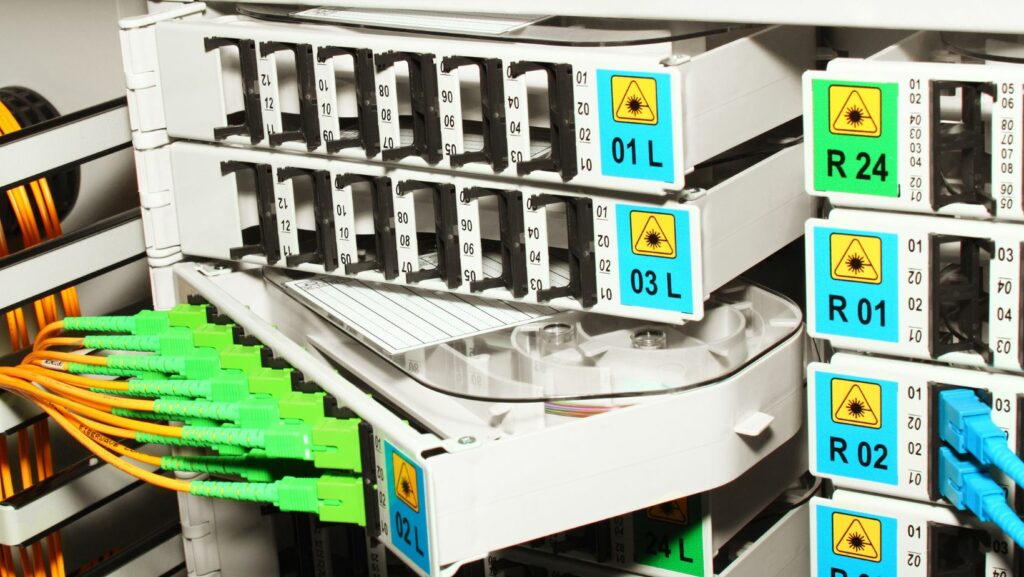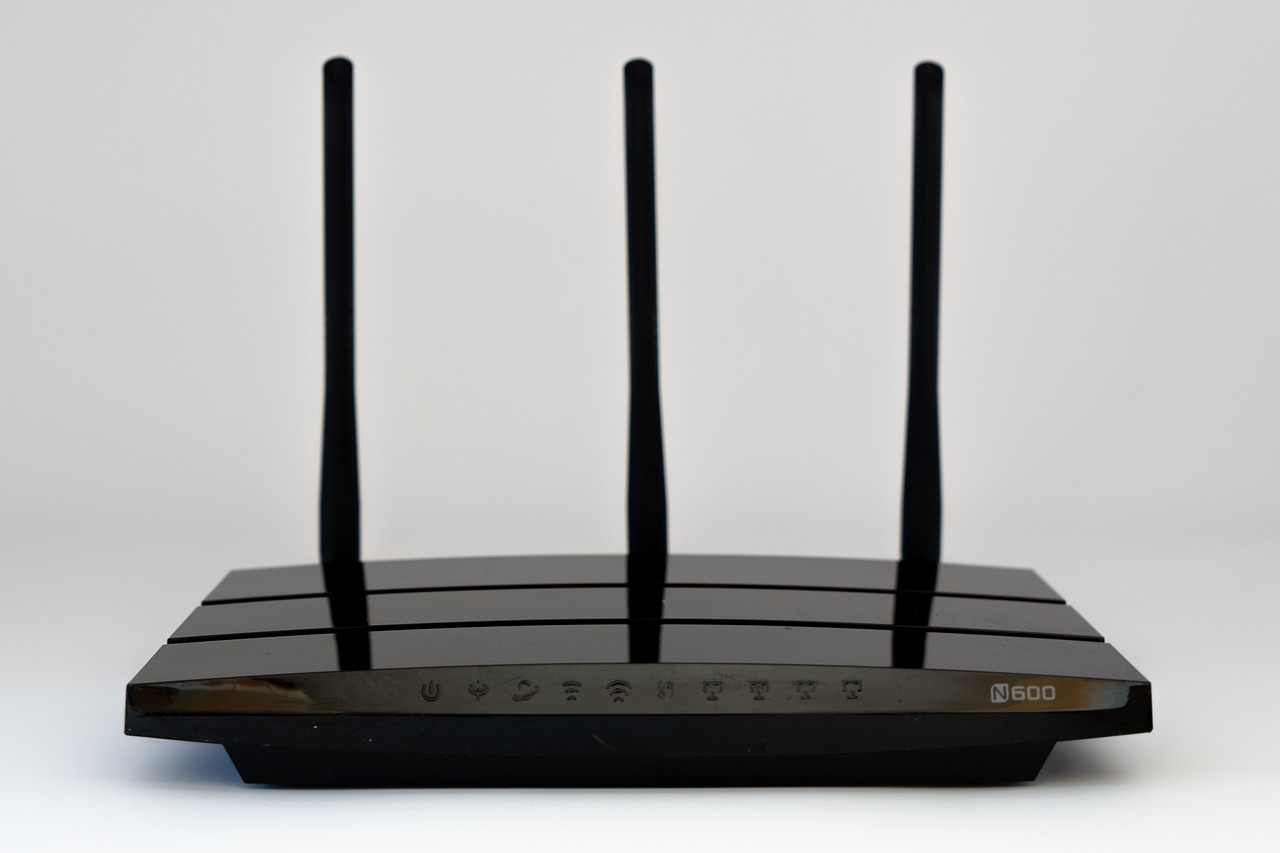So, you have decided to upgrade to fiber optic, joining the already massive number of people using the service. However, before you enjoy the impeccable speeds and stability, ask yourself, do I need a special router for fiber optic?
Fiber optic internet is a new technology, so it is not readily available everywhere. Therefore, if you are considering a switch, you must find out if there is coverage in your area.
Assuming you have ascertained that fiber optic ISPs operate in your area, let’s see if you need a special router to establish the connection. Also, find out what other components you will need.
Do I Need a Special Router for Fiber Optic? (Quick Answer!)
You do not need a special router if your current one can support fiber optic. A regular router will not work if you intend to use fiber-optic internet, so you will need to buy one that is compatible with fiber. Your internet service provider will probably have a router suitable for fiber optic that they can sell or rent to you. Alternatively, shop for one online or physical store.

What Is the Difference Between a Fiber Optic Router and a Regular Router?
Fiber optic routers connect to the internet using fiber optic cables. On the other hand, regular routers rely on copper cables to supply internet. When it comes to reliability and speed, fiber optic routers beat traditional routers. Fiber optic routers provide faster internet connections because fiber optic cables transmit data more efficiently compared to copper cables.
In addition, fiber optic routers offer lower latency, which is why they are better suited for high-speed internet usage. Consider getting such a router if you tend to use the internet heavily, such as doing regular video and game streaming.
Signal drops are also less rampant in fiber optic routers, making them more reliable than regular routers. For these reasons, they are an excellent choice for anyone that relies heavily on the internet to work.
While you can still access fiber optic internet without having a fiber optic router, you will miss out on the benefits of this service. Your internet speed will not match what you would get if you had a router specifically designed for fiber optic internet.
What Components Do You Need to Connect to Fiber Optic Internet?
Below are the essential equipment needed for fiber optic installation.
1. A Fiber Optic Cable
This is the first thing you will require before installing fiber optic in your home. The fiber optic cables will be responsible for carrying the data. Therefore, outfit your home with these cables. Keep in mind that you will enjoy the optimum benefits of fiber optic internet if your ISP provides Fiber-to-the-Home (FTTH).
2. A Fiber Optic Router
Traditional cable or DSL satellites cannot be used to create a fiber optic internet connection since the signal conversion process differ. A fiber optic modem transmits signals via a fiber optic cable network and transforms electronic signals. It changes optical signals to electronic signals.
Essentially, a fiber optic modem’s work is to connect an internet network and an electronic device. The fiber optic modem types are:
- E1 FOM
- RS FOM
- RS422
- V35 FOM
- RS485
- RS232
Some of the best fiber optic modems in the market that you should consider are the Greenwave C4000XG, Arris NVG468MQ, and Arris Windstream NVG343BQ.
3. A Fiber Optic Router
As mentioned, investing in a new router for a fiber optic connection is unnecessary if the one you already have is fiber optic internet compatible. However, a fiber optic router will easily keep up with the fiber optic cables’ data transmission speeds and manage your internet traffic more efficiently whether your devices are connected wirelessly or via a wired connection.

Can You Self Install Fiber Optic Network in your home?
Connecting your home to a fiber optic network entails setting up specific equipment and laying down fiber cables. Therefore, self-installation may not be ideal, especially if you do not have the necessary skills to perform these tasks.
A qualified technician will help you establish a fiber optic connection in your home, typically at a fee. However, if you want to forgo this expense by doing the installation yourself, follow the steps below.
- Find your home’s Optical Terminal Network (OTN), fiber jack, or Fiber Network Terminal. You will have to call a technician to install the terminal if one is not installed already.
- Connect the gateway or network box to the fiber terminal
- Plug the network box into a power outlet.
- Connect your phone, laptop, or computer to the gateway or network box.
- Set up the password and username
Summary
A special router may not be mandatory for fiber optic installation, but it can be an excellent investment. It will enhance your connection, ensuring you receive incredible internet speeds and stability. However, remember that a fiber optic router will likely cost you more than a standard router.

